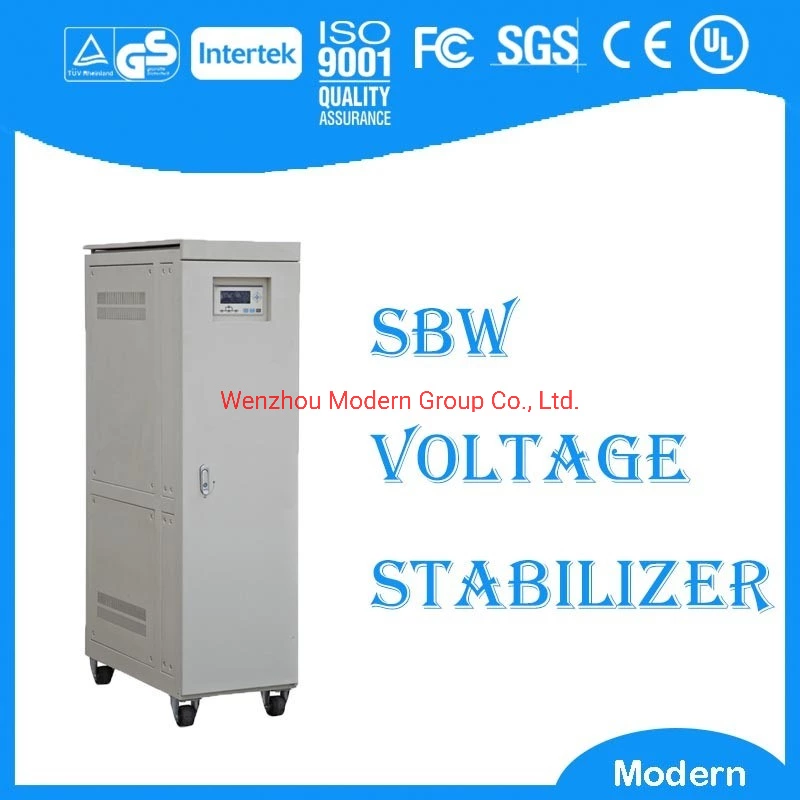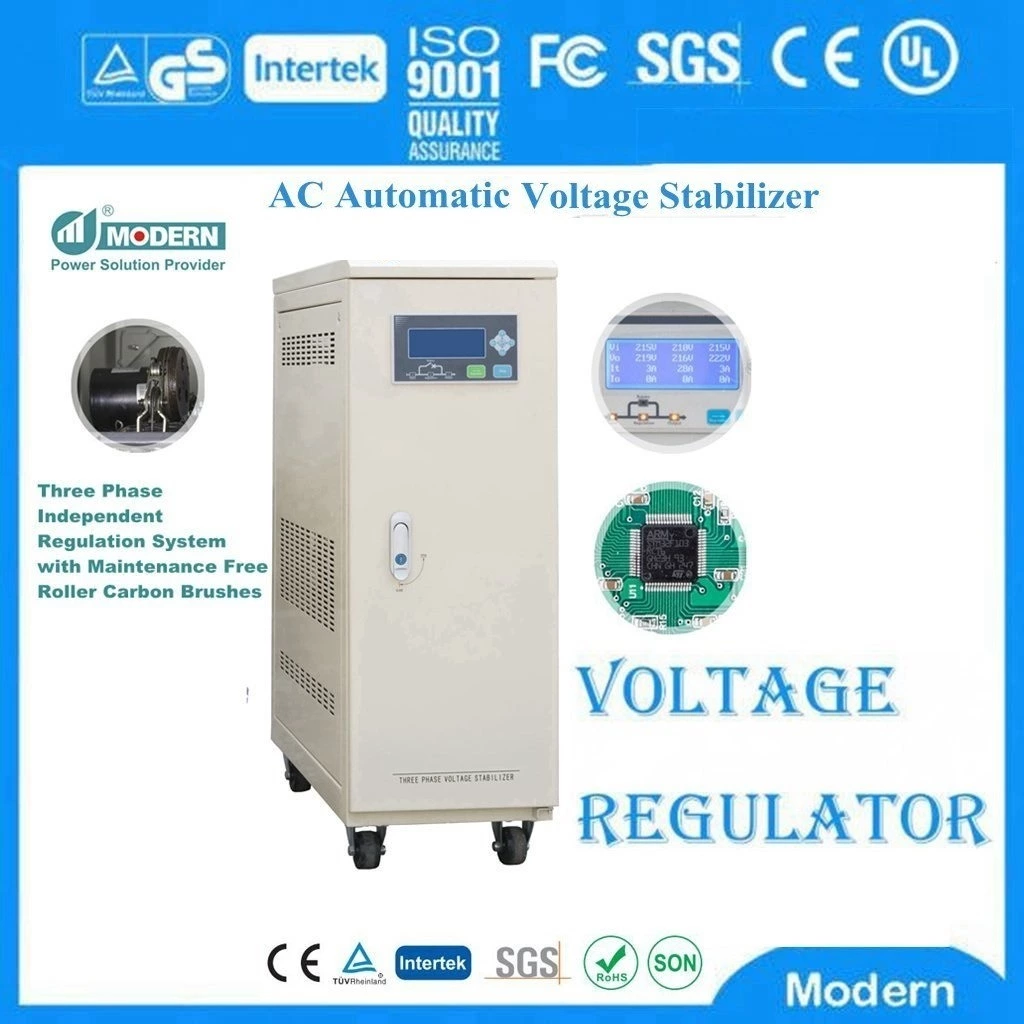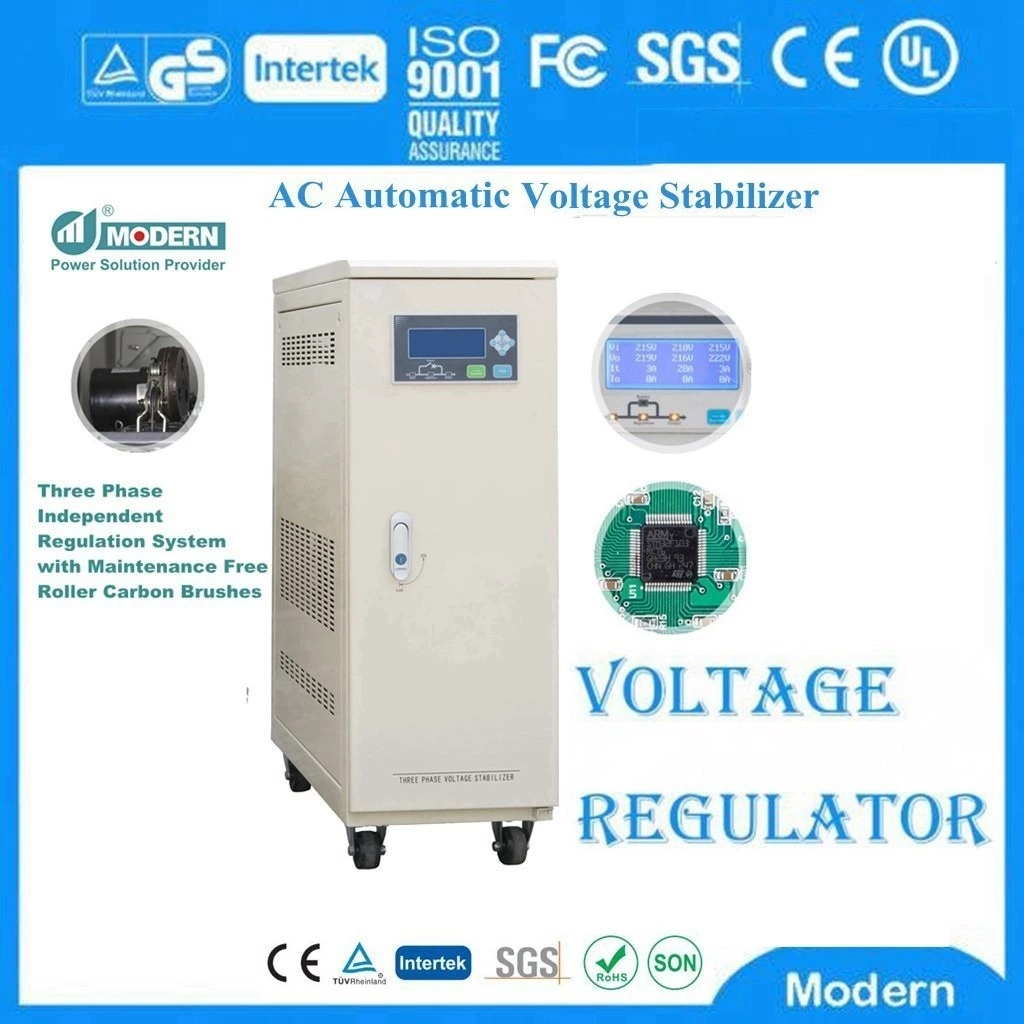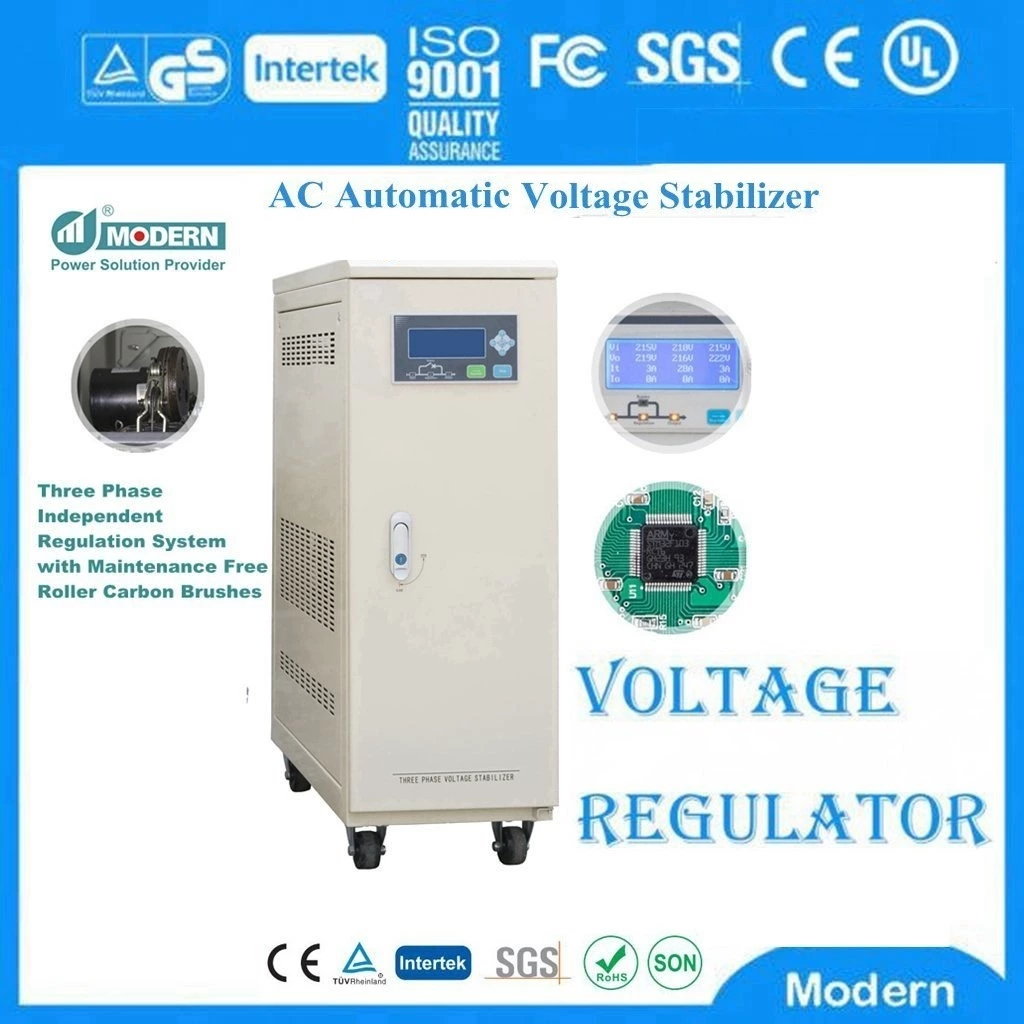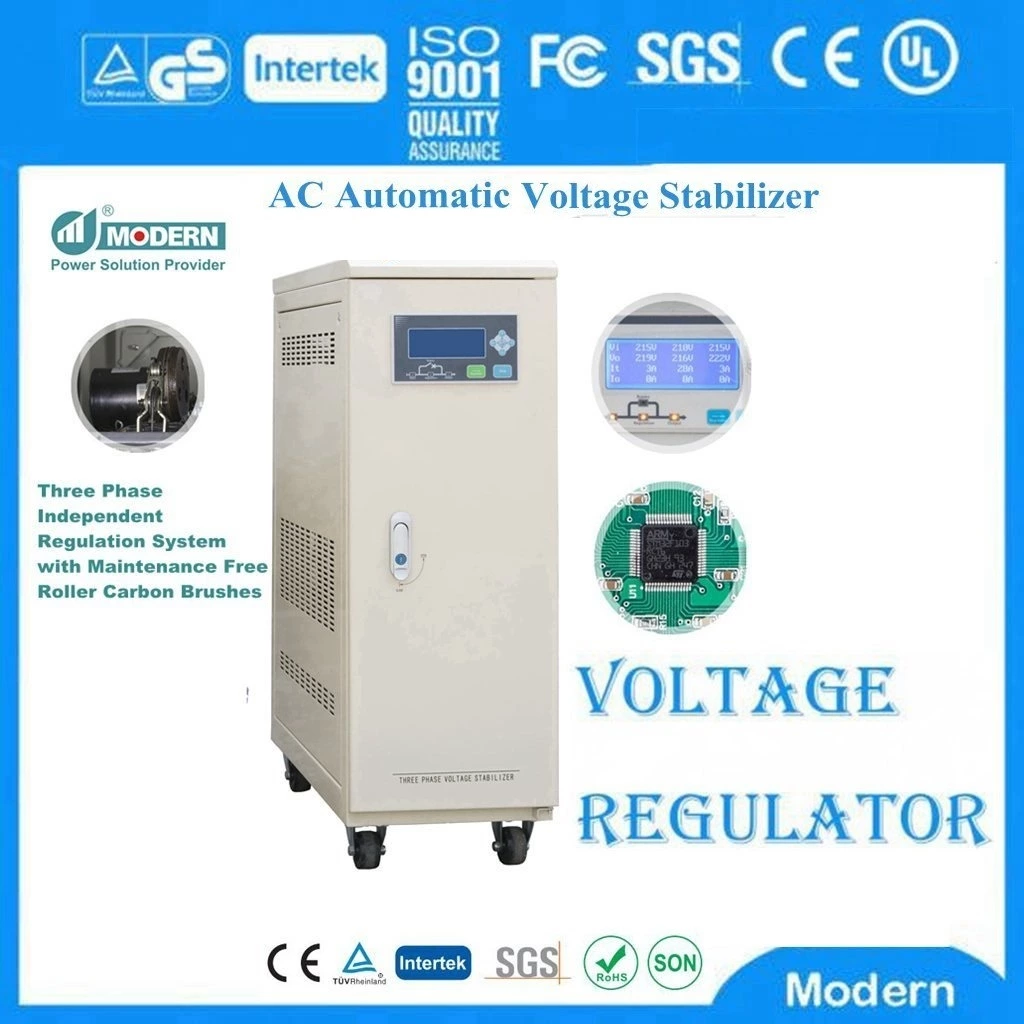Dry-type Transformer Models And Parameters
There are many Dry Type Transformer models. Here are some common models and their parameters:
1. Common dry-type transformer models
SC series: Such as SC12, SC14, etc. These models are usually used in power systems of different capacities.
SCBH series: Such as SCBH19, SCBH17, SCBH15, etc. These models are mostly used for high-efficiency amorphous alloy dry-type transformers with lower losses and higher energy efficiency.
DG series: DG series single-phase dry-type transformers are suitable for single-phase power systems of different voltage levels and capacities.
SCB series: Such as SCB-11, SCB10/11/12/13/14, SCB18, etc. These models are widely used in various industrial and commercial places with different rated capacities and voltage levels.
2. Main parameters
Rated capacity: Indicates the maximum power that the transformer can output under rated conditions, usually in kVA. Different models of dry-type transformers have different rated capacity ranges, such as 1kVA to 100kVA (DG series), or up to 2500kVA (such as SCB18-2500/10 model).
Rated voltage: refers to the rated working voltage of the primary and secondary sides of the transformer, usually in kV. Different models of dry-type transformers have different rated voltage levels, such as 10kV, 35kV, etc.
Rated frequency: usually 50Hz or 60Hz, indicating the operating frequency the transformer is designed for.
No-load loss: indicates the power consumed by the transformer in the no-load state, usually in W. High-efficiency dry-type transformers have lower no-load losses.
Load loss: indicates the power consumed by the transformer under rated load, usually in W. Load loss is also one of the important indicators for measuring the energy efficiency of the transformer.
Insulation grade: indicates the heat resistance grade of the transformer winding and insulation material, such as Class B, Class F, Class H, etc. The higher the insulation level, the better the heat resistance of the transformer.
Cooling method: Dry-type transformers usually use natural air cooling (AN) or forced air cooling (AF). When forced air cooling, the output capacity of the transformer can be increased by 50%.
Other parameters: Such as connection group, tapping level, coil material, protection level, etc., these parameters vary according to specific models and application scenarios.
Please note that the above information is for reference only, and the specific models and parameters may vary depending on the manufacturer and actual application scenarios. When selecting a dry-type transformer, it is recommended to make comprehensive considerations based on specific needs and load characteristics.
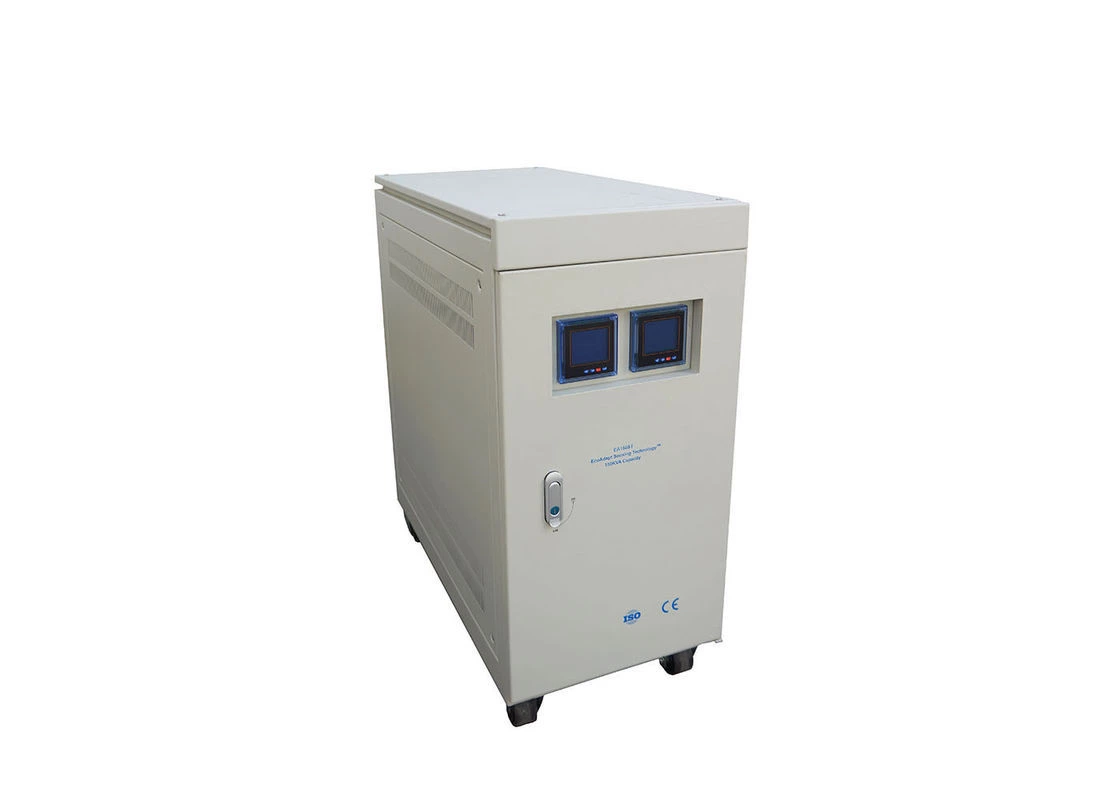
 Русский
Русский
 Français
Français
 Português
Português
 Español
Español
 اللغة العربية
اللغة العربية
